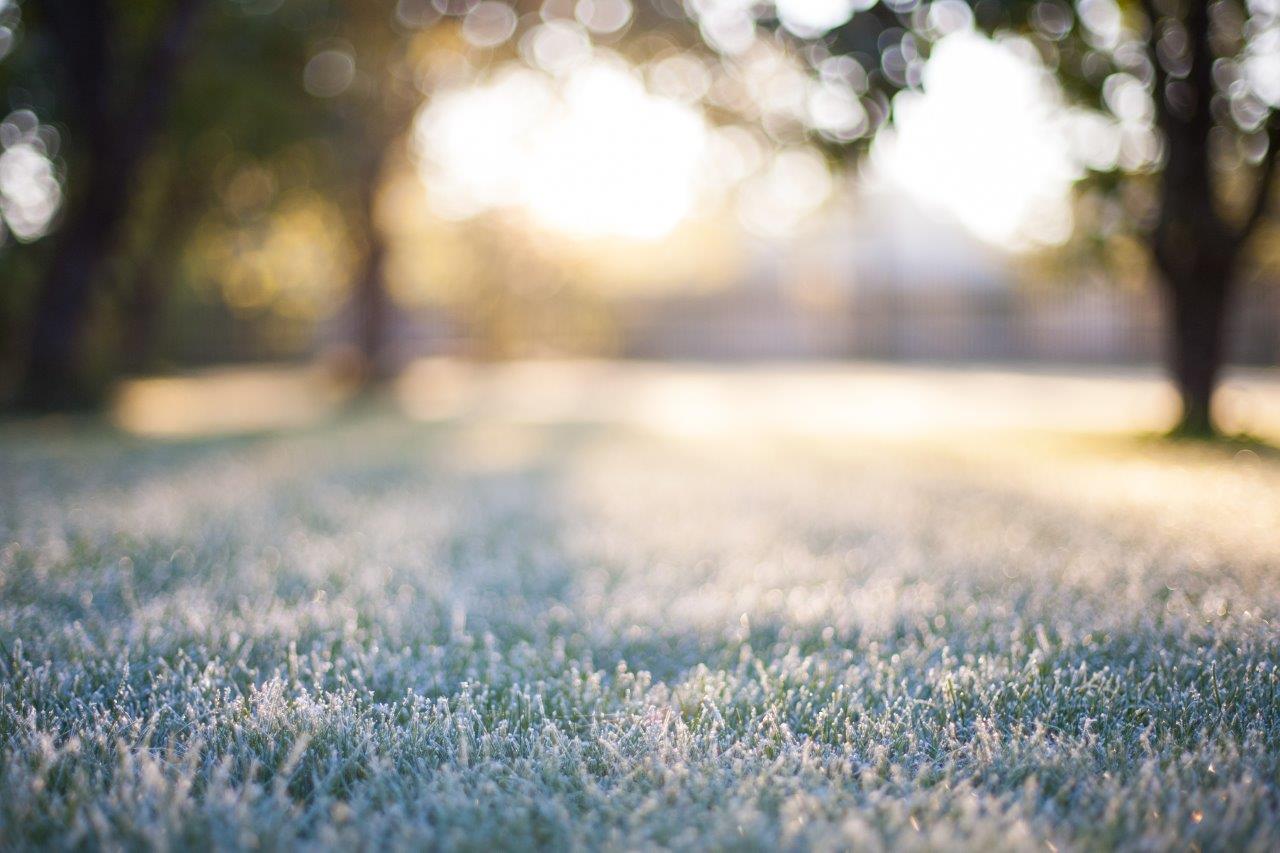Why does your lawn stop growing during Winter?
Author: Stefan Palm Date Posted: 17 August 2022
Most people know that in South Australia, the more common varieties of lawn grow during the Spring, Summer and Autumn but slow right down during the Winter, but have you ever stopped to ask why?
The answer lies in the type of lawn you have. Lawns in South Australia can be classified as either cool season (C3) or warm season (C4) varieties, with the overwhelming majority being warm season types. While most people may have heard of terms such as warm season and cool season when describing lawns, few would have heard of C3 and C4 classifications. These terms refer to the way each classification of lawn captures carbon during the process of photosynthesis. C3 grasses produce a 3 carbon molecule, and C4 grasses, you guessed it, produce a 4 carbon molecule. Without getting too technical, understanding which classification your lawn belongs to will help you understand its growth requirements.
Warm season (C4) grasses:
- Include Couch, Kikuyu, Buffalo and Zoysia varieties
- Actively grow during the warmer times of the year
- Become dormant and stop growing as the weather cools over Winter
Warm season grasses are the most popular lawns in South Australia because they have adapted to growing in our hot and dry seasonal conditions (due to their ability to produce a 4 carbon molecule). They thrive in the heat, are drought tolerant and are self-repairing, which is great for Aussie families who love to give their lawn a workout. They are not as shade tolerant as cool-season grasses and are more sensitive to frost. Due to their love affair with warm soil temperatures, when Autumn turns to Winter, warm-season grasses go into a state of dormancy to conserve energy. No amount of fertilising or watering will make them grow - the only trigger they will respond to is heat! During their dormancy time (May to September), they can tend to lose colour and get a bit shabby, which is simply a natural part of their growing cycle. If you were to roll out a new warm-season lawn during Winter, it wouldn’t put any roots in the ground till the weather warms up. This is because they are dormant during Winter and therefore not actively growing. Testament to their durability, this won't bother them, meaning you can install a new warm-season lawn on any day of the year in South Australia.
Cool season (C3) grasses:
- Include tall fescue, ryegrass, and blue grasses
- Actively grow all year round, but prefer the cooler months
- Have higher moisture requirements
Cool season lawns don’t have the same drought tolerance or durability as warm season lawns, making them less suitable for our temperate climate. During the warmer times of the year, in order to maintain a lush, thick stand, you’ll need to water as often as required to keep the rootzone damp at all times. This can mean daily waterings when temperatures get hot. If patches appear for any reason, you’ll need to oversow or fill in the areas with new lawn as these types of lawn don’t repair themselves. On the good side, they are far more shade and frost-tolerant than warm-season grasses, and they grow all year round with no dormancy period. So during Winter, while your warm season grass is looking a little worse for wear, cool-season grasses will be lush and green, enjoying every moment of the cold weather.
Now you know! and I hope that after reading this, you have a better understanding of how your lawn operates. Remember, though, that there is no such thing as a good and a bad lawn. While warm-season grasses are more suitable for our climate, there are definitely situations where cool-season grasses are a better option.
As always, if you want to talk over anything to do with your lawn, give us a call on 08 8298 0555 or send an email to info@paulmunnsinstantlawn.com.au


